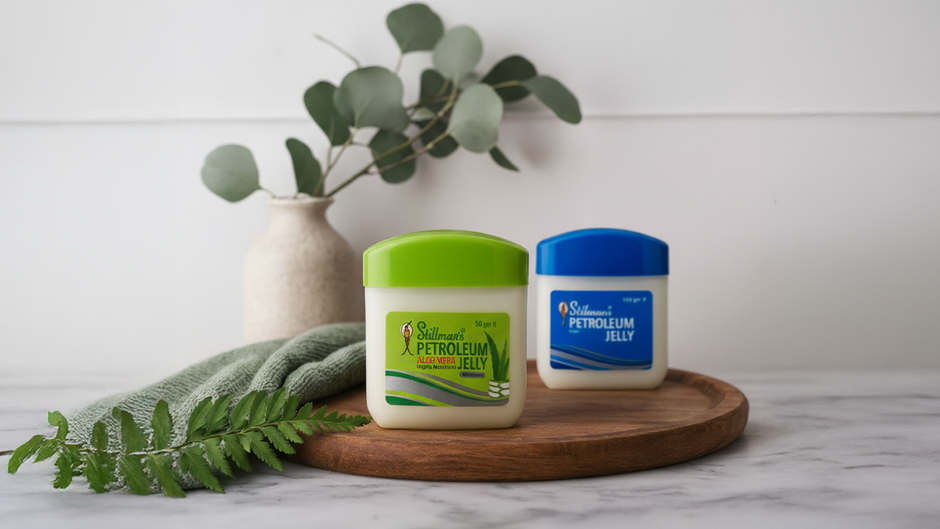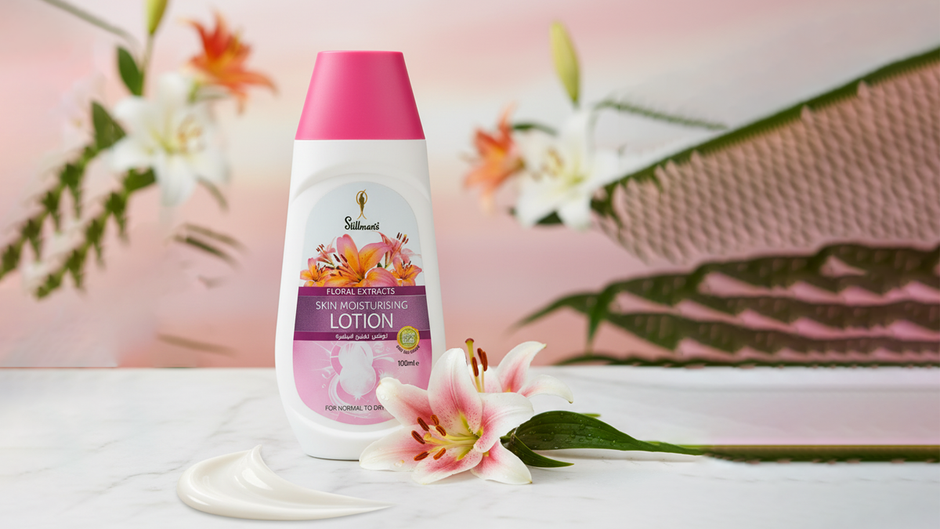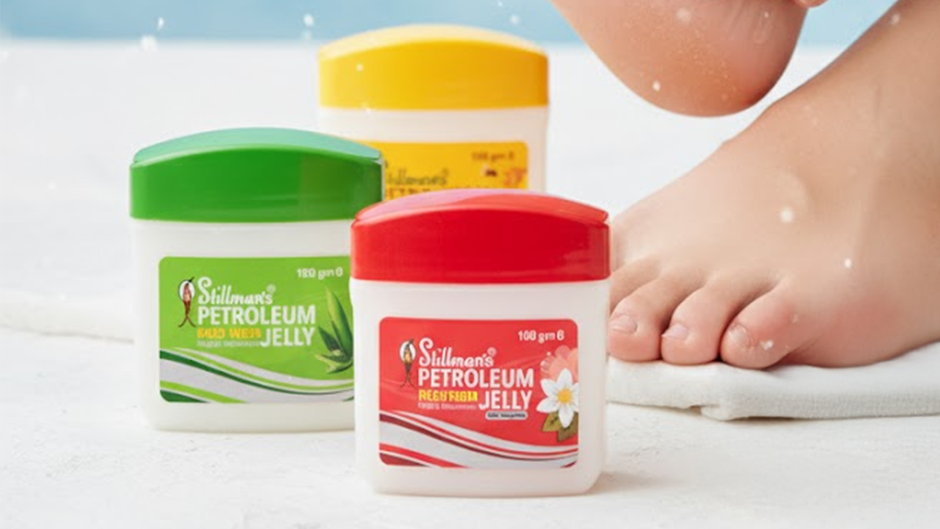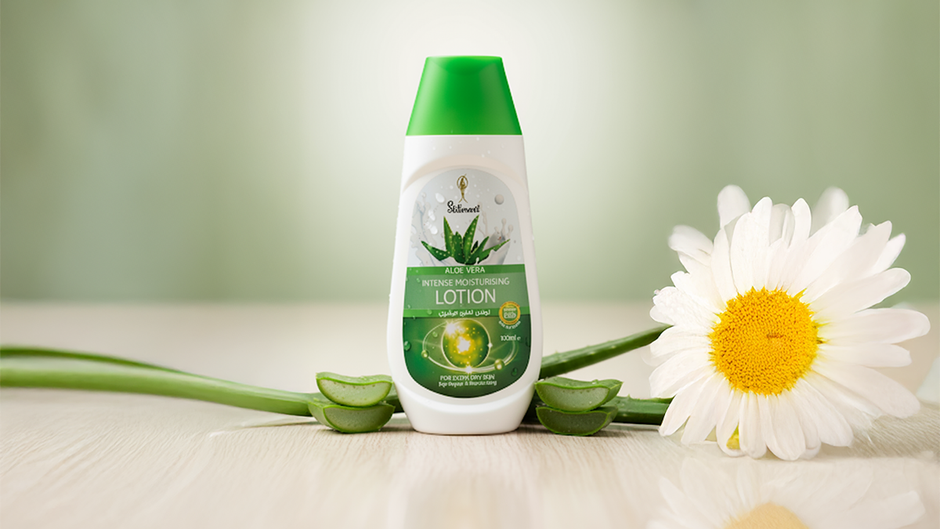Before you begin any skin care regimen, it’s important to know what you are getting yourself into, meaning you need to know what kind of skin you have. There are plenty of skin care products out there that claim to give you radiant, beautiful skin but how do you know what you should buy if you don’t know what you are up against? In fact, most people don’t know that your skin adapts according to different seasons. So, if you use products that are too harsh or too rich, it may do more harm than good to your face.
What are the Main Skin Types?
Dermatologists mostly classify skin into five types: oily, dry, normal, combination, and sensitive. These categories help you determine how your skin reacts to different products and environmental factors.
- Oily Skin: Oily skin has a shiny appearance and larger pores, produces excess sebum and is more prone to acne and blackheads.
- Dry Skin: Dry skin lacks sufficient moisture and may feel tight, flaky, or rough. It is more prone to irritation and fine lines.
- Normal Skin: This type has a balanced oil and moisture level, with minimal imperfections. It’s neither too oily nor too dry.
- Combination Skin: A combination of oily and dry areas, with the T-zone (forehead, nose, and chin) being oilier than the cheeks.
- Sensitive Skin: Easily irritated, sensitive skin often reacts to products or environmental changes and may appear red or inflamed.
Two Easy Ways to determine your skin type
You can find out your skin type at home with two easy methods:
The Bare-Faced Method
Clean your face with a mild cleanser. Pat dry and leave your skin bare without applying any product. Take a close look at your forehead, chin, and nose for any shine and then 30 minutes later, see how your skin feels.
- Dry Skin: The skin feels tight and uncomfortable especially when making facial expressions.
- Oily Skin: Noticeable shine on T-zone (Forehead, Nose and Chin).
- Combination Skin: Shine in the T-zone but dry on the cheeks.
- Normal Skin: Feel balanced, not too much shine or feeling of dryness.
- Sensitive skin: May feel irritated or experience redness.
The Blotting Sheet Method
You could try the blotting sheet method which is a lot quicker. All you have to do is gently pat a blotting paper on different areas of your face. Then hold the sheet up against the light to see how much oil is on it.
- Dry Skin: Little to no oil appears on the paper.
- Oily Skin: Excess oil on the blotting paper, especially from the T-zone.
- Combination Skin: Oily T-zone but minimal oil from other areas.
- Normal Skin: Minimal oil that feels okay.
- Sensitive Skin: Use with caution; irritation may occur.
How to care for Each Skin Type
Now that you have identified your skin type, you can add the proper skin care it needs. Try not to overdo it and take things one step at a time.
Caring for Dry Skin
For instance, dry skin can feel quite flaky and tight, so you need to drink lots of water and avoid diuretics like caffeine that further dry out the face. Beauty cream for dry skin should include hydrating ingredients like hyaluronic acid, glycerin, or ceramides to lock in moisture. Gently exfoliate the skin to remove dead skin cells and then apply a rich hydrating cream to provide much-needed hydration to your face.
Managing Oily Skin
Oily skin is a bit more challenging since it is prone to breakouts, inflammation, and dark spots given the clogged pores and hyperpigmentation. Choose a lightweight, oil-free moisturizer for oily skin.
To lighten the dark spots you can use products such as Stillman’s Freckle Cream that can help combat dark spots and pigmentation, giving you clearer, radiant skin. For best results, you should apply the cream at night and wash it off in the morning. A few weeks and your spots are sure to disappear.
Normal Skin Care
Normal skin is low maintenance but still requires attention to maintain its balance. Choose products that offer hydration without being too heavy. Use a mild cleanser and a lightweight moisturizer with SPF during the day to protect your skin.
You can Choose from a wide range of STILLMANS creams and lotions to know which suits you the best.
Combination Skin Care
Meanwhile, people with combination skin experience dryness on the cheeks, making it necessary to use a moisturizer that is not too heavy but still retains moisture where needed. For those with combination skin, gentle exfoliation is necessary to keep the t-zone and cheek area balanced.
Moisturizers with a gel-like texture are absorbed more quickly and less likely to cause breakouts. Start with a small amount and increase as needed to avoid over-moisturizing and stressing the skin. Opt for oil-absorbing products in the T-zone.
Sensitive Skin care
Understanding the nuances of sensitive skin, however, can be a bit more challenging since one can never be sure what can become an irritant and cause a reaction. Best creams for sensitive skin are those that are gentle, fragrance and paraben-free and don’t contain mineral oil or sulfates.
Try to introduce one product at the time just to be sure you know whether an ingredient suits your skin. Just to be on the safe side, always do a patch test when experimenting with a new product. Apply the product on your forearm or behind the ear to see whether it causes a reaction.
Monitor Your Skin Regularly
It’s important to remember that our skin changes over time and so you need to be mindful of your skin’s needs. Try to use Natural skincare products, or products that don’t contain harsh chemical ingredients to avoid any skin issue, no matter what the skin type is. Keep checking in with your skin and see if you need to change your regimen or stick with it.
Ready to take the next step? Check out our skincare products online and find the perfect match for your skin type!





